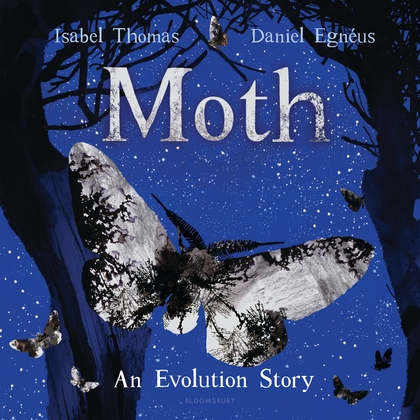by Susan Corapi, Trinity International University, Deerfield, IL and Annette Y. Goldsmith, Kent State University, Kent, OH
As storms become more frequent and violent, attention to the environment and global warming is increasing. Each title here has a distinct call to action that invites readers of all ages to “rethink, refuse, reduce, repair, reuse, recycle, and revolutionize” (Pêgo, 118-121). Some are biographies of everyday citizens who stood up for protecting our natural resources, others are examples of ingenuity, and several describe the ways animal and marine life can recover when given the space and time to adapt or regain habitats. What follows is a selection from an in-process paper about environmentally-focused books, fiction and nonfiction, discussed through the double lens of the United Nations’ Sustainable Development Goals (SDGs) and the Diverse BookFinder BIPOC (Black, Indigenous, and People of Color) descriptors. We included the original place of publication because we want to explore what other countries are saying about environmental issues. Continue reading



 Moth: An Evolution Story by Isabel Thomas chronicles the “change and adaption, of survival and hope” of the peppered moth during the 19th century, a time of industrial environmental changes. Thomas’ exquisite language use leads readers to explore the cycle of life of these moths. The moths emerged from cocoons, “skittered and swooped… and looped the loop all night long” before laying eggs of their own. These moths were typically spotted in nature as white and peppered with specks of dark, but sometimes they were born “with wings as dark as charcoal.” The lighter speckled moths slept on lichen-covered trees and had better camouflage from prey. “The dark-colored moths made a feast for hungry chicks,” because they stood out on the white tree branches. Industrialization changed the environment so that the air was polluted and trees filled with soot, which altered the survival of the light-colored moths. They were no longer camouflaged from their prey. Now charcoal-colored moths survived in abundance. This might sound like an end to the white-colored moth, but Thomas provides hope in this chronicle. Many years later people decided to be more aware of the environment by cleaning the air and burning less pollutants. Over time “both colors of moths find places to hide and survive.”
Moth: An Evolution Story by Isabel Thomas chronicles the “change and adaption, of survival and hope” of the peppered moth during the 19th century, a time of industrial environmental changes. Thomas’ exquisite language use leads readers to explore the cycle of life of these moths. The moths emerged from cocoons, “skittered and swooped… and looped the loop all night long” before laying eggs of their own. These moths were typically spotted in nature as white and peppered with specks of dark, but sometimes they were born “with wings as dark as charcoal.” The lighter speckled moths slept on lichen-covered trees and had better camouflage from prey. “The dark-colored moths made a feast for hungry chicks,” because they stood out on the white tree branches. Industrialization changed the environment so that the air was polluted and trees filled with soot, which altered the survival of the light-colored moths. They were no longer camouflaged from their prey. Now charcoal-colored moths survived in abundance. This might sound like an end to the white-colored moth, but Thomas provides hope in this chronicle. Many years later people decided to be more aware of the environment by cleaning the air and burning less pollutants. Over time “both colors of moths find places to hide and survive.”